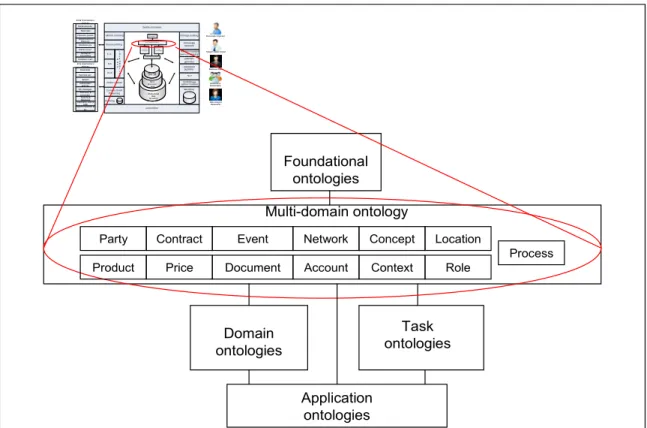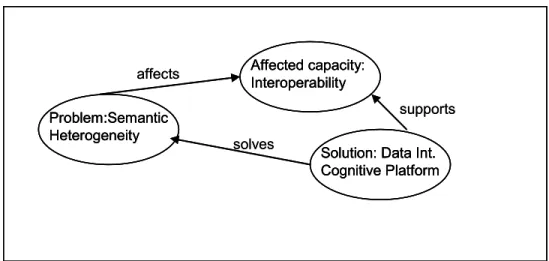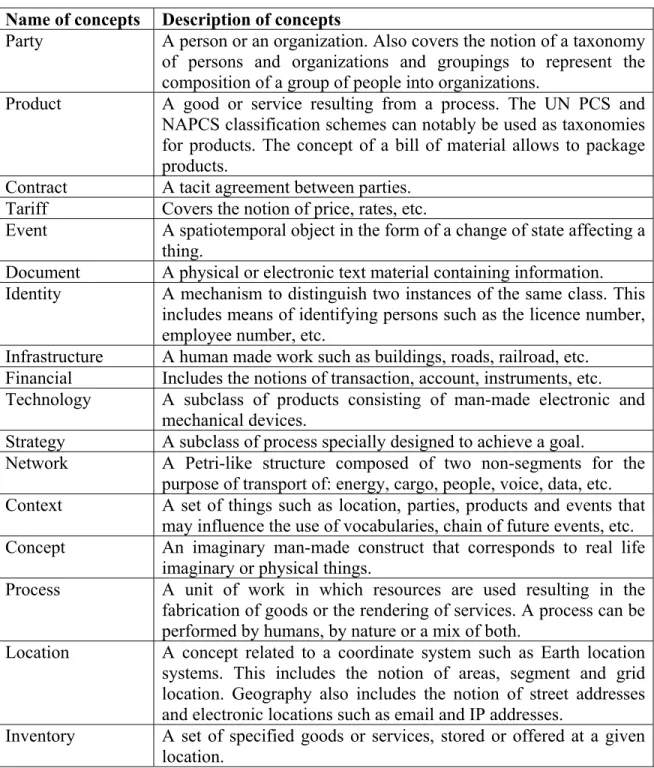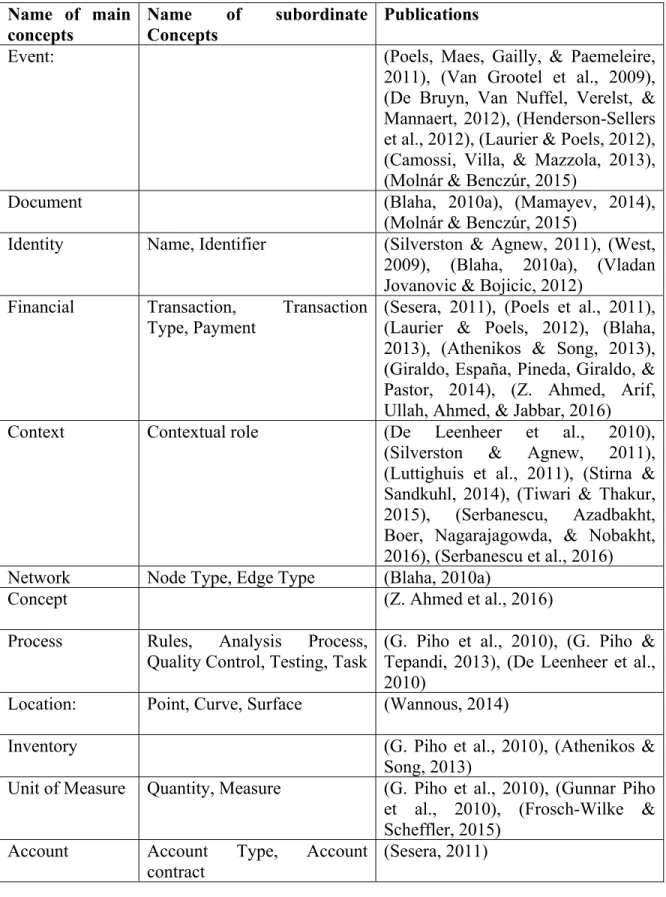2018 — Agnostic content ontology design patterns for a multi-domain ontology
Texte intégral
Figure




Documents relatifs
We expressed two central kinds of ontology design patterns, namely Formalized Content Design Patterns (formalized CPs) and Knowledge Patterns, in terms of logically
In this paper we have studied which published indicators of reasoning perfor- mance for ontologies that carry over to Ontology Design Patterns, and how those indicators are expressed
After narrowing down the set of ODPs to compatible patterns that can be used in order to fulfill the ontology requirements, further selection can be done based on the evaluation
The Collaboration Ontology Patterns have been directly extracted from CONTO. Each of them consists of a set of concepts that together, models a solution to solve a
The eXtreme Design for WebProt´ eg´ e (XDP) extension 4 remedies this sit- uation by providing tool support for ODP usage in the modern collaborative ontology engineering
If the repository contains multiple equiva- lent core hierarchies, then the reduction will contain multiple definably equivalent core ontologies, and hence there might exist
Ontology Design Patterns (ODPs) are intended to help guide domain experts in ontology engineering work, by packaging reusable best practice into small blocks of ontology
The software pattern community was launched into prominence as the result of an effort in "software archeology": digging through existing software, observing and





